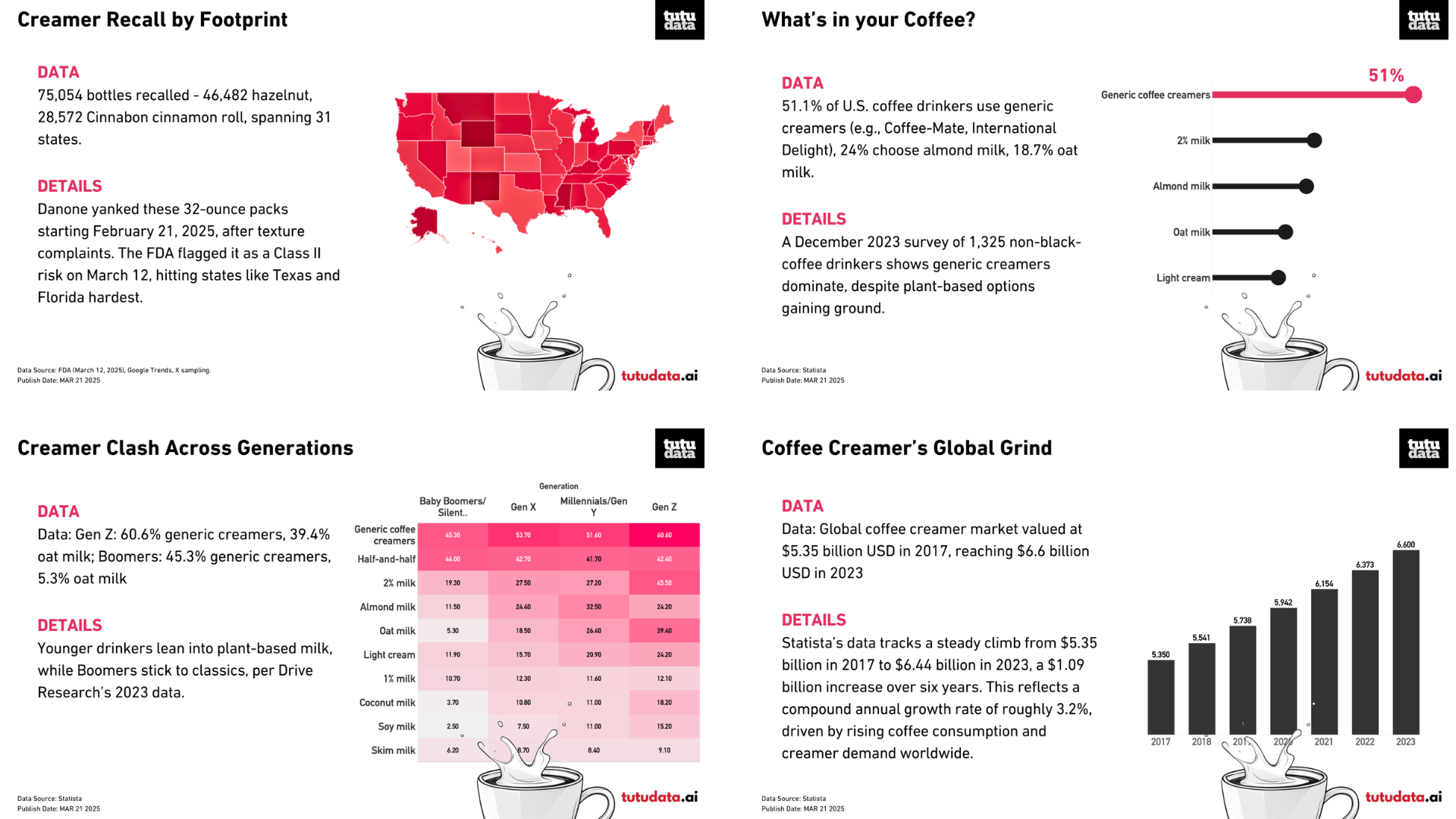
Have you heard whispers about a potential economic slowdown? Maybe you’ve seen headlines about rising interest rates or inflation concerns. But before you hit the panic button, let’s take a look at some key data points that might offer a more nuanced picture.
Today, we’ll be diving into the Chicago Fed National Financial Conditions Index (NFCI), a valuable tool to assess the overall health of the U.S. financial system. So, buckle up and get ready to decode some economic data!
What is the NFCI?
Created by the Federal Reserve Bank of Chicago, the NFCI is a composite index that analyzes 41 different indicators across various financial sectors. These indicators include things like bank lending, stock market performance, and bond yields. By crunching the numbers, the NFCI provides a single score that reflects the overall “tightness” or “easiness” of financial conditions in the U.S.
What Does the NFCI Tell Us Today? (as of April 23rd, 2024)
Here’s the good news: As of today, the NFCI sits firmly in “easy territory.” This means that financial conditions are currently favorable for borrowing, lending, and overall economic activity.
Let’s break it down further:
- A score below zero indicates easy financial conditions.
- A score above zero suggests tighter conditions.
- A score close to zero signifies a neutral environment.
Currently, the NFCI is hovering below zero, indicating that access to credit is readily available, interest rates are relatively low, and the financial system is functioning smoothly.
But Wait, Isn’t There Trouble Brewing?
It’s true; there are some economic concerns on the horizon, like inflation and rising interest rates. However, the NFCI suggests that despite these headwinds, the financial system remains resilient.
The Takeaway
While the future is uncertain, the Chicago Fed’s NFCI offers a valuable snapshot of the current state of financial conditions. As of today, the data suggests that things are still relatively easy – a positive sign for continued economic growth.
Remember: The NFCI is just one piece of the puzzle. It’s important to follow other economic indicators and news to get a complete picture of the financial landscape.
Stay tuned for future articles where we’ll explore other economic data points and help you navigate the ever-changing economic climate!


